Happy Little Accidents
Top 10 Legitimized Video Game Glitches!
Anyone who has played video games for any amount of time has likely encountered glitches and software bugs that the developers overlooked. Although efforts are usually made to eliminate these errors, there are rare occasions where they are intentionally left in place. Glitches can sometimes break a game outright, but some of them are worth embracing. This list looks at glitches and unintended bugs which were legitimized by designers and turned into proper features. Some of them were discovered during the development process while others didn’t emerge until the games were already released, but they can all be considered intentional additions to their respective games. Bob Ross famously said that “we don’t make mistakes, just happy little accidents.” This list is made in that philosophy in mind.
10
Creepers
Minecraft

It’s a widely held misconception that Lara Croft was given her iconic rack after a designer accidentally increased her breast size by 150% while adjusting her character model. This isn’t actually true, of course, and Lara’s legendary tits were an intentional design choice. The creepers in Minecraft have a similar origin story, but they actually were created by accident. While attempting to program a pig into the game, Notch (the creator of Minecraft) accidentally swapped the values for width and height. The result was a deformed, human-like creature with a slim build and four stubby legs. Notch liked the way the creature looked, so he used it as a basis for the creeper. Creepers are among the most dangerous (and most recognizable) enemies in the game. Their distinctive appearance makes them an ideal mascot for Minecraft, and they have been used as the basis for all kinds of merchandise. You’ll find the creeper on everything from t-shirts to table cloths. In essence, Notch’s failed attempt to make a simple pig led to the creation of a cash cow.
9
Oddjob is Unfair
GoldenEye 007
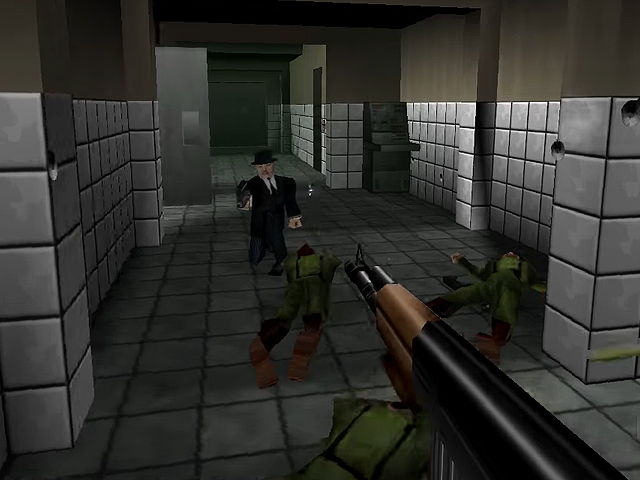
GoldenEye‘s multiplayer mode featured various characters from the Bond universe, but they weren’t all created equal. Oddjob (who first appeared in 1964’s Goldfinger) was noticeably smaller than his film counterpart for some reason, and his short stature gave him numerous advantages over his opponents. Not only was he a smaller target than most of his rivals, but the game’s auto-aim functionality aimed above his head! This meant that certain play styles were completely ineffective against him. This wasn’t necessarily a glitch in the traditional sense, but the designers have admitted that it felt like they were cheating when they were play-testing as him. It was eventually decided that he was too much fun to take out. In the end, the design team decided that players could simply make up their own rules with regards to Oddjob. Players could easily implement a self-imposed “No Oddjob” rule if they were so inclined, so there was no impetus to remove him from the final game. The diminutive henchman became one of the most iconic characters in the entire game, and he became a big part of GoldenEye‘s folklore. The debate over whether or not choosing Oddjob amounted to cheating was even brought up in Steven Spielberg’s adaptation of Ready Player One.
8
Unbeatable Kill Screen
Pac-Man 256
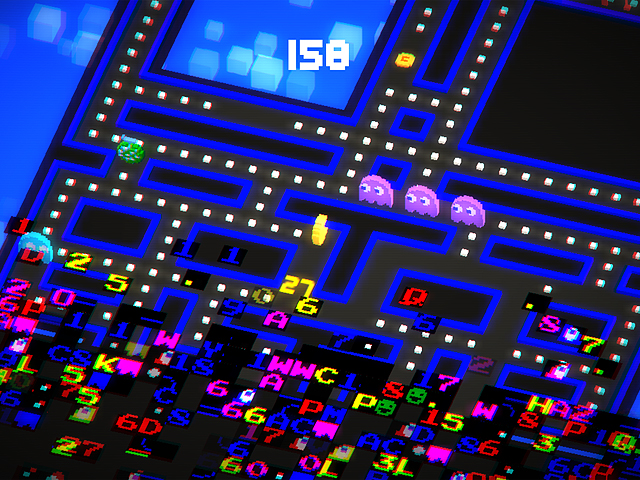
Most of the entries on this list deal with specific features or gameplay mechanics, but the entire premise of Pac-Man 256 revolves around a famous glitch. In the original version of Pac-Man, the 256th stage fails to load correctly due to an integer overflow. When this happens, the right side of the screen becomes a garbled mess that’s filled with random sprites and characters. The level is literally impossible to beat, which is why its often referred to as a “kill screen.” Pac-Man 256 draws inspiration from this notorious stage, and the object of the game is to navigate through a never-ending maze while avoiding an assiduous “glitch dimension” that advances from the bottom of the screen. This glitch dimension is a distorted mass of random graphics, and it’s obviously meant to resemble the kill screen from the original arcade game. Much in the same way that the kill screen spells certain doom for the player, Pac-Man 256 is an endless game that can never truly be beaten. Poor Pac-Man has no way to defend himself against the glitches, whether they’re intentional or not.
7
The Spy
Team Fortress
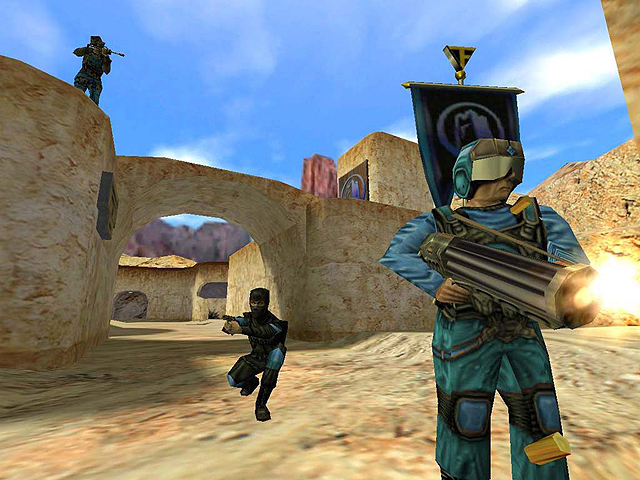
Team Fortress is a series of class-based multiplayer shooters that put a heavy emphasis on teamwork. The games feature a myriad of character classes that each have their own unique abilities. The roster includes distinctive classes like the Pyro (who is armed with a homemade flamethrower) and the Engineer (who can build structures to support his team), but the most interesting character is the Spy. The Spy’s ability to disguise himself as other classes allows him to sneak into enemy territory without being noticed. This, in turn, leads to situations where he can literally stab other players in the back for an instant kill. The Spy is arguably the most creative character class in the entire series, but he wouldn’t have been featured in the game if it wasn’t for a curious glitch. While working on the original Team Fortress, the developers ran into an error that would occasionally cause a character’s name to show up in the wrong color. This made it appear that the character was part of the opposite team. It would have been easy to eliminate the bug, but the team decided to create a new class based around deception and sabotage. The Spy is a vulnerable hero who can be easily killed, but it’s a lot of fun to impersonate members of the other team.
6
Worker Stacking
StarCraft
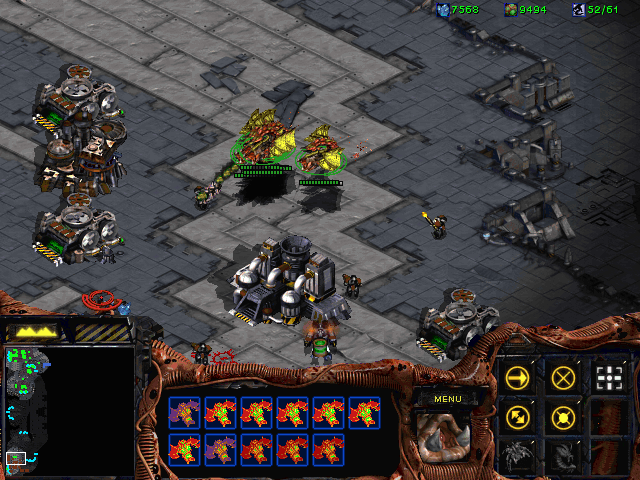
In StarCraft, “stacking” refers to situations where units or buildings are able to occupy the same space. This wasn’t an intentional mechanic – ground units will generally shift around in an attempt to un-stack themselves – but a pathfinding bug makes it possible to group air units together simply by selecting one far-away unit (like an Overlord) in the same selection group as the other units. When implemented correctly, the glitch will cause every unit in the group to move and attack as though it were a single unit. This makes it difficult for an opponent to target the weakest unit in the group, and players can make the entire stack attack in unison. This trick is especially useful for Mutalisk units, and it makes them much deadlier than they were ever intended to be. Rather than eliminating stacking altogether, Blizzard gave players a way to mitigate the effects. In Brood War, players could still stack air units given the right conditions. However, each race in the game was given new air-to-air units that could effectively eliminate the stacked units via splash damage. Although stacking units was not intended to be a big part of the game, Blizzard deliberately incorporated the mechanics into StarCraft II.
5
Air Juggling
Devil May Cry
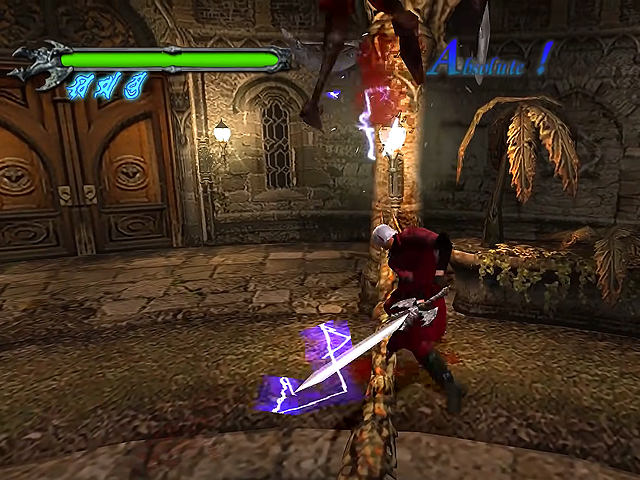
Devil May Cry was conceived as a survival/horror game in the vein of Resident Evil, but it evolved into something else entirely. Its frenetic, twitch-based play mechanics hearkened back to classic “hack and slash” titles, and the stylized, combo-centric gameplay served as a template for the modern action game. Devil May Cry offered a lot in the name of innovation, and it formally introduced air juggling into the genre. Needless to say, it felt remarkably rewarding to keep enemies off the ground by repeatedly hitting them with giant swords. The game was built around a flashy combat system, and air juggling was one of the game’s defining concepts. This mechanic was actually based on a bug that Hideki Kamiya discovered while playtesting Onimusha: Warlords. Air juggling was too outrageous for Onimusha, but it was the perfect fit for an over-the-top action game like Devil May Cry. Much in the same way that one man’s trash is another man’s treasure, one game’s bug is another game’s primary gameplay mechanic. The free-flowing gameplay in Devil May Cry just wouldn’t be the same if you couldn’t treat demons like glorified juggling clubs.
4
The Konami Code
Gradius
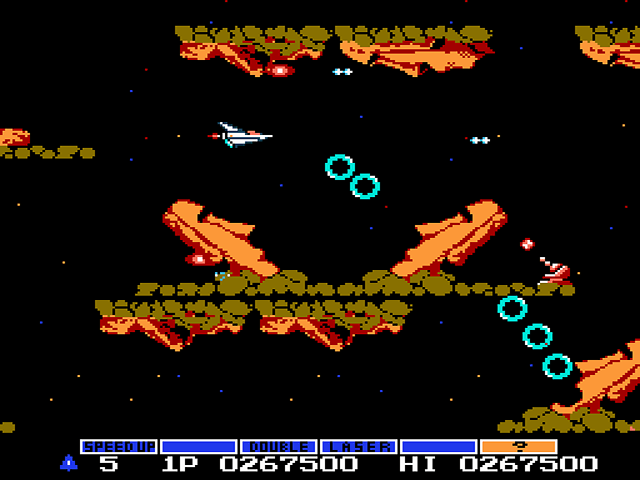
Without question, the Konami Code is the most famous cheat code in the history of gaming. There are slight variations of the code, but “Up, Up, Down, Down, Left, Right, Left, Right, B, A, Start” is a mantra that every self-respecting gamer knows by heart. The code has been used in over fifty Konami games – ranging from Contra to Dance Dance Revolution – and other publishers have also used the code in their own games. The code has even been used outside of the gaming world. (The code can be used to reset Netflix program on some devices, for instance, and entering the code on the Bank of Canada’s website will cause a chiptune version of O Canada to play.) The Konami Code has transcended the gaming medium and has found a place in popular culture. Interestingly, the code was never intended to be used by the players. The code was first implemented by Kazuhisa Hashimoto while he was developing a home port of Gradius for the Famicom. The game was exceedingly difficult to play through, so he devised a code that would instantly give the player all of the available power-ups. Removing the code could have caused unforeseen bugs, so Konami decided to leave it in the final version of the game. It wasn’t something that anyone would enter by mistake, but it was easy to remember and everyone started using the code after it became public knowledge. Konami realized that the code could make their games more accessible and enjoyable, so they decided to intentionally put the code in their future games.
3
Aggressive Police
Grand Theft Auto
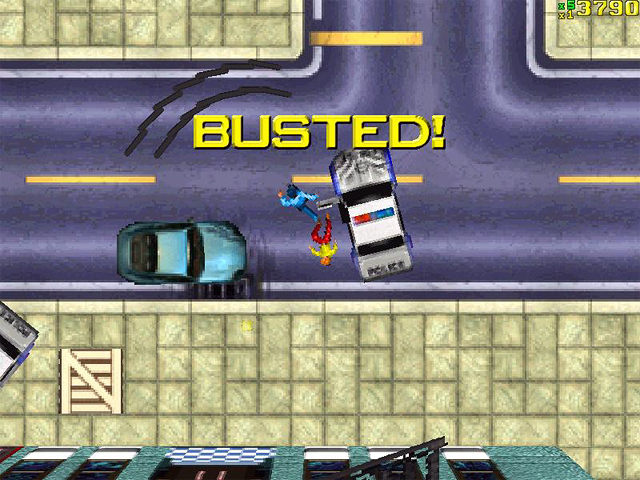
The Grand Theft Auto games have evolved over the years, but the series has always been based around the premise of committing crimes and eluding the police. The first game underwent significant changes during the design phase, however. In the early stages, the game was known as Race’n’Chase and it gave players the choice of what side of the law they wanted to be on. The team at DMA Design eventually dropped the “cops and robbers” dynamic and decided to focus entirely on criminal activities instead. They realized that it was more fun to be a bad guy, but the game still wasn’t very exciting and many of the people who were overseeing the game’s development wanted to cancel it outright. The publisher nearly pulled the plug on the project, but a programming oversight ended up saving the game in the eleventh hour. After a bug in the game’s programming caused the police cars to become unrealistically aggressive, the development team quickly realized that bank heists were more interesting when someone was trying to run you off the road. Early builds were more akin to racing games, but the combative police cars made everything more dramatic and added an element of danger. Tension is an important component of any good crime story, and Grand Theft Auto wouldn’t have been nearly as thrilling if the cops weren’t so relentless.
2
Combos
Street Fighter II
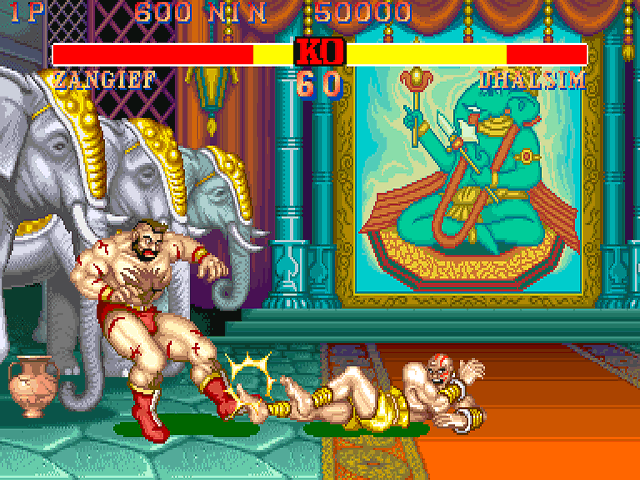
The original Street Fighter sounds pretty good on paper. It features a diverse roster of characters from around the globe, and they each have their own distinct fighting style. Also, the gesture-based special moves felt innovative in 1987. Unfortunately, the game was mediocre at best. You could only play as two of the characters, and the aforementioned special moves were difficult to pull off with any degree of consistency. Incidentally, the timing was unforgiving and allowed no room for error. When developing the sequel, Capcom decided to open up the timing windows in order to make the special moves easier to perform. When they did this, they inadvertently made it possible to start a new attack before the previous one was finished. This allowed the player to link numerous moves together in a fluid sequence, and it applied to standard attacks and special moves alike. Capcom was trying to make their game easier to control, and they accidentally created the foundation that all future fighting games would be built on. It might sound like hyperbole, but the introduction of the combo revolutionized the genre and helped establish Street Fighter II as the single greatest video game sequel of all time.
1
Progressive Difficulty Curve
Space Invaders
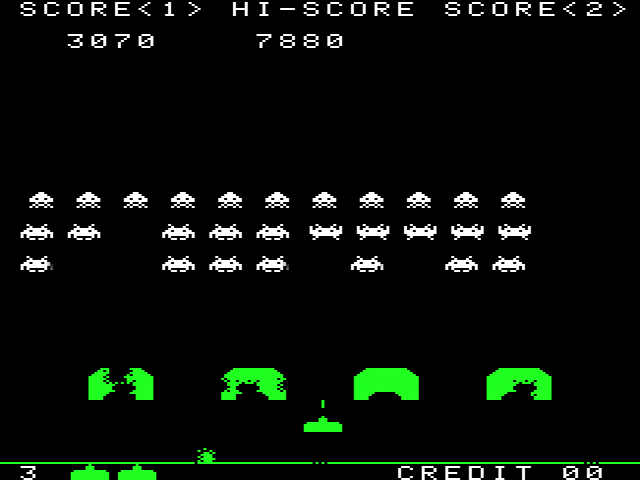
Space Invaders is one of the most successful and influential video games ever released. It popularized the shooting genre, it inspired generations of Japanese game developers, and it helped established the arcade industry as a whole. It was one the first games where players were given multiple lives, and it broke new ground by saving the player’s high scores. Space Invaders also helped usher in concepts like destructible barriers and a continuous background soundtrack. One of the game’s most important innovations was not intentional, however. During the development of the game, Tomohiro Nishikado noticed that the program would speed up every time one of the aliens was destroyed. Incidentally, the CPU was able to render the alien graphics faster when there were fewer of them on the screen. The unintended result was a game that got progressively more difficult in accordance to how many aliens the player destroyed. Nishikado could have compensated for the increase in speed, but he recognized that it was an interesting gameplay mechanism. In the end, it turned out to be one of the most compelling aspects about the game. The difficulty curve in Space Invaders is perfectly balanced, and it’s hard to believe that it wasn’t part of the original plan.

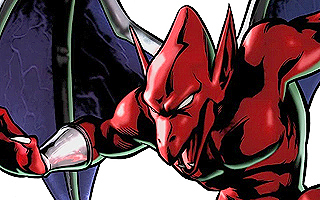

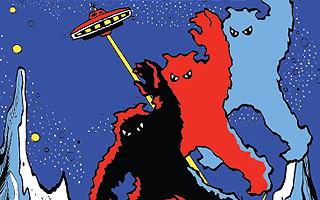
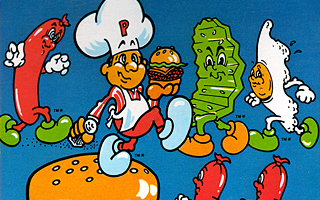
Do you agree with this list? Let us know what you think by leaving a comment below. Your opinion matters!